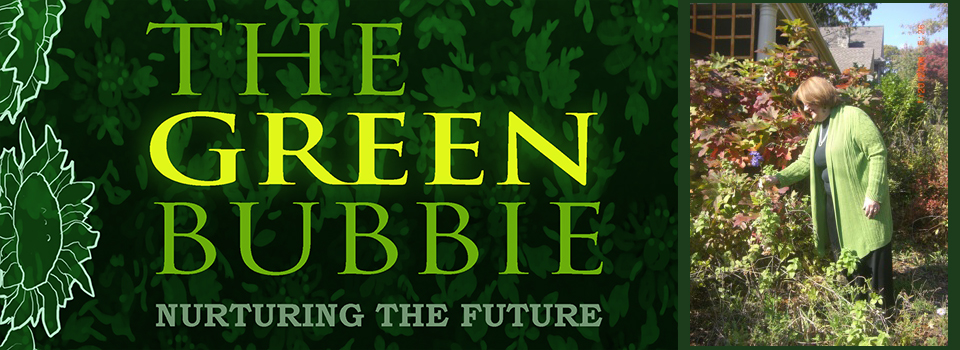Nachas- that special feeling of pride and satisfaction you get from others.
Interestingly you can't 'give' it to yourself. "Yidishe Nachas" is that special feeling that mothers and grandmothers would/do feel when the 'kinder' the children, or the 'anechkla' (grandchildren) do something that we value. And that is the point of the story. We show pride in certain actions, words, achievements, accomplishments, and sensitivities in our kids and that's one of the ways they learn what it is that we value.
I would do anything if only I could see again the smile of my own mother a"h. Her smile meant everything to me and I learned all those behaviors, words and kindnesses that I could do that would make her smile.
Nachas 2.o - this is what I call the next stage of nachas. When after years of 'input' -living a life of smiles and encouragement, directions and support it comes back to you. The first level is the direct sense of pride when the next generation is learning and the nachas you get is direct from their actions. The second stage is when they call to tell you what they know will give you nachas!
Case in point: After a recent plane ride with his young sons, my son called me with a "nachas report"
" Mommy,You are gonna love this"- he said knowingly, "When Yosef looked out the window of the plane he saw the incredible sunset, and he said 'Wow, I got to paint that!" as he tore open his backpack of art supplies."
"Yidishe Nachas" not only comes at the Seder. It is based on sharing our passions, our values, our appreciation every day of the year. My kids know how I love the mountains and the sunsets, the birds and the flowers and basically all of the natural world. It is sursprising that I still have full use of my arms from all the times I spent pointing enthusiastically and screaming "Look at the sunset, Look at the mountains"- But my kids learned, and have called me from wherever they are when they see a spectacular sunset.
2.0 nachas- seeing that we can transmit the values we live - by age 6 a child can respond to the natural world, spiritually with Brachot (blessings) and with a desire to engage with the world, and make it a part of himself by translating it into his art!
Trust me - for an artist, and a bubbie like me, this is real nachas!
So, nu?
What brings you nachas?
